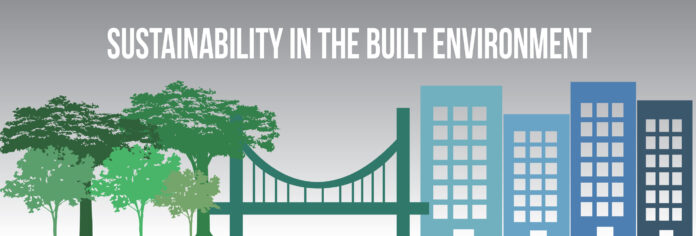 The current wastewater disposal system within the United States is flawed, costly and outdated. The core notions of a wastewater treatment plant — the fact that we, for lack of a more specific word, “dispose” of our waste in perfectly treated, drinkable water, is absurd. Additionally, the fact that we use water, an extremely limited resource, to transport our waste is flawed. There is an extreme necessity to challenge the current system of wastewater treatment processes and additionally propose alternatives to said flawed system.
The current wastewater disposal system within the United States is flawed, costly and outdated. The core notions of a wastewater treatment plant — the fact that we, for lack of a more specific word, “dispose” of our waste in perfectly treated, drinkable water, is absurd. Additionally, the fact that we use water, an extremely limited resource, to transport our waste is flawed. There is an extreme necessity to challenge the current system of wastewater treatment processes and additionally propose alternatives to said flawed system.
One huge problem introduced via modern wastewater treatment plants is the unnecessary loss of fertilizer feedstock — which is what manufacturers to use to convert solid human waste to specific plant fertilizer. The fact that the waste is mixed with water, sent to the wastewater treatment plant and then stripped of the very waste that was put into it is crazy. From here, the treated water is again sent back to the toilets. This is unnecessary and wastes large amounts of energy used to clean the water.
Also, the ability to use the waste as potential fertilizer feedstock is lost. Newer, no-flow toilets don’t use any water and therefore allow for the isolation of waste. This isolation of waste allows the implementation of certain fertilizer manufacture. So, the introduction of a waterless system allows for a cheap isolation of waste and paves a path for cheap fertilizer manufacture.
Yet another downfall of the wastewater treatment process is that it treats all water for the best possible case, which in our case is drinking. This means that water sent out of any wastewater treatment plant – whether it be for drinking, lawn sprinklers, or even waste disposal – is cleaned to a standard necessary for human consumption. This raises a gigantic red flag. We are wasting extreme amounts of energy by cleaning our toilet water to drinking water standards.
The problem here is that the wastewater treatment system doesn’t differentiate the final location of the treated water. The current system in place cleans all the water to one acceptable standard because the piping system from the treatment plant to recreational use is imperfect. The piping system transfers all the treated, drinkable water to specific locations.
A recommended solution to this problem would be to introduce a treatment plant that treats certain percentages of water for certain uses. Obviously, drinking water and water for waste-disposal have different standards, and it’s extremely wasteful to treat water not for its intended use.
Treating certain percentages of water for specific uses is admittedly complicated and expensive. However, the initial cost of implementation would eventually save more money and more energy. An implementation of an idea this grand would also take time. What should be done is small-scale tweaks to the current piping and wastewater treatment frameworks.
A good place to start would be to introduce a subset to traditional wastewater treatment plants — a treatment option that cleanses water to both drinking and waste-disposal standards. This will save the wastewater treatment plant energy (and ultimately money) as they aren’t over-treating a certain percentage of their water. From here, the differently treated water would be separately transported to the necessary locations and then distributed to the necessary locations. The water treated for waste disposal would be sent to each house and then subsequently distributed to the toilets. The drinking water, once at the house, would be sent to the sinks, faucets, etc. This implementation is a feasible engineering task, and would introduce a system with substantially reduced energy consumption.
The post-industrial revolution population boom necessitated a smarter and more efficient way of transporting and disposing waste. The solution to this problem was the wastewater treatment plant. One may find it strange, however, that we are still making tweaks to a system that was created almost 200 years ago. Maybe we are looking at the concept of waste negatively, when it should be viewed as a potential feedstock. Maybe we are crazy for using such a very limited resource – water – to help dispose of our waste. Maybe the entire framework of a wastewater treatment plant is wrong and outdated. Although this may not be true, it is still obvious that there are apparent problems with our current system.
BRENT LUND can be reached at brlund@ucdavis.edu




